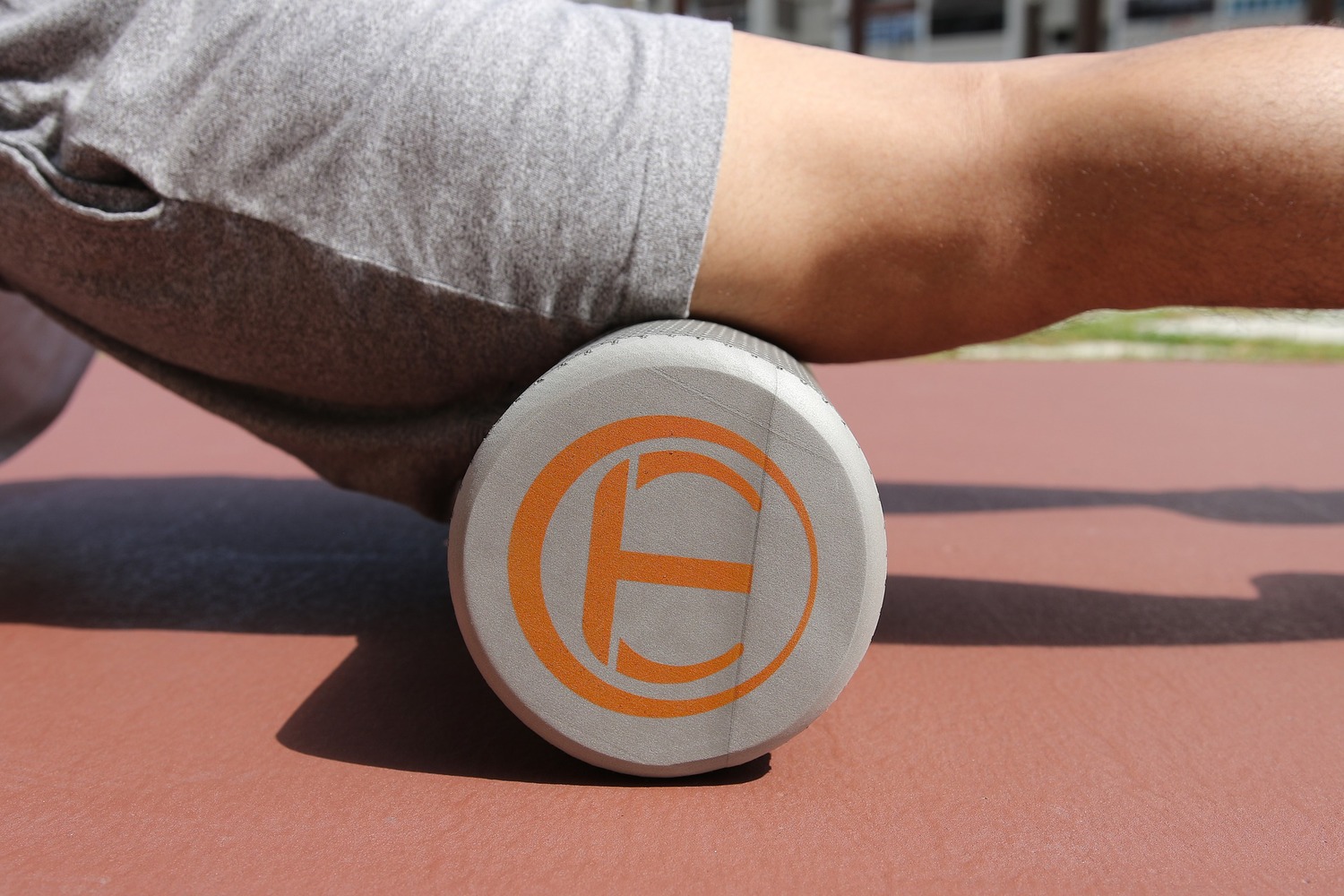Workday Stress-Busting Series Tip 2
October 26, 2017 in Mental Health
By: Petra Najafee, Registered Psychotherapist
Here it is folks, workday stress buster #2. It can be done in just a few minutes and it can even be done at your desk! The idea is to tense your muscle groups one by one to the point where they are getting tired enough that there is no choice but to relax them. Here’s how it goes:
- Start with your toes. Curl your toes and keep them really tight for as long as you can before it starts to get uncomfortable. Then relax them, feel the support of the floor under your feet and allow your feet to sink down into the floor.
- Next, tighten your calves, with your feet still planted on the floor if you can. Hold this tension, again, until your calves are getting tired and uncomfortable. Then allow all that tension to flow out of your calves and let them relax. Notice the relaxation in your calves and your feet before moving on.
- Moving upward, focus now on your thighs. Tighten you quads and your hamstrings as best you can and hold the tension there until it is uncomfortable. Then allow the muscles to relax and sink into the chair. Again, take a moment to notice the relaxation in your feet, your calves, and your thighs before moving on.
- Follow this same process for your buttocks, your stomach, your back, and your shoulders. Many of us hold our tension in our back and shoulders, so pay particular attention to these areas. Allow them to drop comfortably in the relaxation phase.
- If your door is closed, you can even scrunch up your face really tight and then allow those muscles to relax.
Try the progressive muscle relaxation this week and see how it goes. Even just focusing on a few of the muscle groups where you know you hold your tension can be helpful. Try this one at night as well before going to sleep.
*If you have a history of being physically violent, this tip is not for you as some people find it triggering. If this is the case, continue with tip #1, going for a walk, and stay tuned for next week’s tip.




